What’s inside? Here are the questions answered in today’s reader mailbag, boiled down to summaries of five or fewer words. Click on the number to jump straight down to the question.
1. 529 for nieces and nephews
2. Confusion about SIMPLE IRA
3. Combating car rust
4. Hotel rewards program advice
5. Upset with work/life balance
6. Explain this scam
7. How much to stop working?
8. Guidance counselor argument
9. Time to buy bitcoin
10. Digitizing old journals and notebooks
11. Worth changing your own oil?
12. Library book sale advice
Last year, I wrote an article comparing 12 different goal-oriented paper planners. This article turned out to be incredibly popular, so much so that I’ve been asked throughout this year for my thoughts on various additional goal-oriented planners.
I’m strongly considering writing a follow up to the original article detailing some of the newer planners that I’ve found during 2018 (including the one I think I’m sticking with for my own use). If you have a planner like this that you love (or you make one), please let me know about it via a Facebook message so I can include it in this year’s roundup if possible.
Please note that I’m really only interested in goal-oriented planners that go beyond simple to-do lists and datebooks and instead provide some sort of system for goal planning and follow-through. I am not interested in datebooks or to-do lists.
On with the questions.
Q1: 529 for nieces and nephews
We are on a solid retirement path and have been saving money in college funds for our two kids. With some additional monies, we would like to set aside funds that could be used for our nieces and nephews college expenses. How would you recommend setting up this up? We have considered a generic 529 to be segregated from our children’s accounts.
– Kelly
529 plans are tied to the plan’s beneficiary and have a number of tax implications if that money is used for someone else, implications that undo the tax benefits of the 529.
A much better approach is to simply open a 529 for each of them, with an individual child as the beneficiary on each account.
Ideally, this is a situation where you can easily work with your siblings so that they’re the account managers and you just contribute to the account. You should talk this over with your siblings.
It’s worth noting that the same beneficiary can have multiple 529 plans, but the plans cannot be from the same state.
Q2: Confusion about SIMPLE IRA
I recently have been given the opportunity of signing up for a SIMPLE IRA with a company I do part-time work for. However, I’m confused about the rules. I’ve read that the 2018 contribution limit is $12,500 (non-catch-up), but I thought IRAs has a $5,500 contribution limit for 2018 (non-catch-up). Does the SIMPLE IRA have different rules form a traditional or Roth IRA? Can I have a fully-funded Roth IRA and a SIMPLE IRA with some money in it?
This company offers a 2% match on money put in the SIMPLE IRA. I’ve read on your blog that it’s good to participate in plans with matches, so I’m considering the plan. If I can have both, I’m still not sure if it’s worth it for me.
To give background on my situation, I am 30, single, have been maxing out my Roth IRA since I started it in 2015. I have a 403(b) with 3% of my most consistent paycheck job going in, and have about $15,000 in investments on the side (hopefully long term). I make about $30,000 a year, am very frugal (many thanks to your blog) and usually save about 40% of my income every year.
I will make around $2,000 this year with that company, but it will be more like $3,500 next year, best guess. If I can have both a fully-funded Roth IRA and a (not full) SIMPLE IRA plan, do you think that small amount of money is worth signing up? I could also just continue adding to my investments on the side.
If I can’t contribute more than $5,500 combined into a Roth and SIMPLE IRA, is it worth trying to guess how much I’ll make with the company, add the match, and not fully fund my Roth IRA next year? Do you know of a good way to make that work? Would I leave some room, and max out the $5,500 at the end of next year when I know how much I will have made during the year with the eligible match?
I’ve searched your website for any helpful information regarding SIMPLE IRAs and my questions, but came up short. Can you shed some light perchance please? Thanks for your thoughts.
– Connie
First of all, you can contribute to a Roth IRA while also contributing to a SIMPLE IRA. There is an overall contribution limit to Roth IRAs and traditional IRAs, but that doesn’t affect workplace-sponsored retirement accounts like a SIMPLE IRA. (Honestly, they shouldn’t have named the SIMPLE IRA an IRA, in my opinion, as it’s just confusing for no good reason.)
If I were you, I’d simply contribute exactly enough to this plan to get the employer match and nothing more, and then leave all of your other retirement contributions as they are. If they’re only matching 2% of your income and you’re only making $2,000, that means you’re contributing $40 and they’re matching $40. $40 isn’t going to make or break you, while $80 put aside at age 30 at a 7% annual return will be worth $1,200 at age 70. That’s worth signing up for.
Next year, if you make $3,500, that 2% will be $70, for which they’ll match $70. That’s a total $140 contribution, which will be worth $1,960 at age 70 (again, with a 7% average annual return).
If you stick with them for several years, you should easily have five figures in their retirement account when you finally retire. That’s more than worth it.
Honestly, this would be less confusing if they didn’t call the SIMPLE IRA an IRA, because it functions differently than a traditional or Roth IRA and closer to a 401(k).
Q3: Combating car rust
I grew up in the south where cars tend to last for a long time and tend to break down due to mechanical issues and rust takes 15 years to show up. I moved to Minneapolis with my 2015 Honda Pilot two years ago and it’s already showing rust as I just saw a rust spot near the front wheel well and another tiny one near the gas port. I know it’s due to winter weather in the north, but what can you do about it? Talked to my mechanic here and he just shrugged his shoulders and said that rust protection stuff doesn’t work.
– Andrew
He’s right – rust protection sprays and such help a little bit, but they don’t fix the problem.
I’ve lived in the upper Midwest most of my life and I’ve found that the absolute best thing you can do for your car to avoid rust is to wash it regularly during the winter months. As soon as the first snow or ice storm hits, I start washing my vehicle with extreme regularity – once a week or so, any time when it’s warm enough so that it won’t just freeze to the car (basically, any day where the temperature climbs above about 25 F).
The salt and other materials that are used to keep roads clear in the winter in northern towns and cities is just incredibly corrosive to cars. While I understand that efficient road clearing is needed so people can get to their jobs and such, it is really rough on the long term health of cars.
The only real use of rust treatments is to use it in spots where rust is already showing up. It just slows it down. You do that by scraping off as much rust as possible if you notice a rusty spot, then applying a healthy dose of rust arrestor to that spot, then putting on some primer and some touch-up paint. You can get all of that stuff at an automotive store. Note that rust spots are an indicator that you’re not washing your car enough in the winter.
Q4: Hotel rewards program advice
Loved your article about Marriot hotels rewards programs. I travel but Marriotts are out of my price range. Does this work with other hotel chains that are cheaper like
– Dan
I assume that by advice about staying at Marriott hotels, you’re referring to this article of mine: Is It Cheaper to Book Through Travel Sites or Directly Through Hotels?
In terms of budget hotels, I almost always lean towards Best Western when I’m shooting for a decent night at a low cost. Their rewards program is pretty solid, too, as you earn points that can be exchanged at their various hotels. Each Best Western hotel has a certain points threshold for a free night – anywhere from 8,000 to 32,000 points – and their program for earning points is tiered, too.
I did some quick comparisons and some back of the envelope math and I think that if you’re staying at a Best Western regularly (10 or more nights a year), you’re probably going to end up saving money by booking directly with them through their website and their rewards program. If you’re not staying that frequently, you’re better off using an aggregation site like Hotels.com.
Q5: Upset with work/life balance
My entire life is get up go to work come home twelve hours later eat supper do minimal household chores feel dead go to bed. That’s what I do six days a week. The other day is nothing but catching up on things left undone and maybe a few hours of something fun. That is my entire life. People weren’t meant to do this.
– Adam
I agree that people aren’t meant to do that. It’s not a healthy or enjoyable life.
So, here’s my question back to you: what’s your escape hatch? What are you doing to get yourself out of this cycle?
You have to be doing something to alter this day-in-day-out cycle or either it will never end or something will completely blow it up and leave you gobsmacked (a health crisis or a sudden firing or something). What is it that you’re doing to gradually alter things?
If you don’t have any plan like that, consider this: what would you rather be doing, assuming that you do in fact still have to work for a living? What kind of work would you like to be doing? How would you like to be using your free time?
Now, what’s keeping you from that? What’s the barrier that keeps you in your current cycle? Is it a need for re-education? Is it fear? What is keeping you from doing that?
Once you figure out what that barrier is, figure out how to knock it down. Even if you don’t know how to do it yet, you can start by saving as much of your income as possible. Spend as little as you can and put aside every dime for whatever that plan of escape is.
In other words, make a light at the end of the tunnel and then start migrating toward that light like a moth on a warm summer night.
Q6: Explain this scam
My wife got an email about a career advancement grant inviting her to apply for it. Supposedly this grant pays for professional development costs for people who have graduated and used Pell Grants during their studies. The links in the email go to a .gov address. Still this seems like a scam. What do you think?
– David
It’s a scam. It’s very likely that the link in the email that looks like a .gov link actually takes you to some other domain and a form that looks “official” but actually just gives info to someone trying to steal your identity.
Grant programs are usually so inundated with applications that they don’t have any reason to contact individuals directly. They usually announce the program through the media and the applications start rolling in.
If you think this is actually legit – and I’m 99.9% sure it’s not – look at the email and see if you can figure out the actual name of the specific grant. If it does give you one, Google that name on your own and see if it leads to an actual legit .gov website and follow that link from Google instead.
Q7: How much to stop working?
56/M here, how do you know when you’ve saved enough in 401(k) to stop working?
– Brad
Take your current balance in your 401(k). Divide it by 25. Subtract 10% or so from that for income taxes. Could you survive on that amount, especially considering you have to buy your own health insurance? Remember to add in any pensions you might have.
If the answer is “yes,” you can probably retire. When you hit an appropriate age, you’ll be able to add Social Security to that and be eligible for Medicare, which will help, but don’t expect it to radically change the equation.
It really comes down to that. If that money doesn’t add up to enough to retire on, you need to keep working. If it does, then you can decide whether you want to retire or not.
Q8: Guidance counselor argument
I need you to help settle a dispute between me and my son’s guidance counselor.
My son is a “B” student in a ton of extracurriculars. He has talked about being an electrical engineer for years. Now he is entering his junior year and will be taking college admissions tests and so on. Wife and I have been saving for his college since he was little.
He comes home from school a week ago and says his guidance counselor is encouraging him to consider a career as an electrician and says she can set him up to do hourly work and shadow one next summer. He’s all excited about this.
I schedule a meeting with this counselor and she says that my son’s “skill set” is suited for a trade like electrical work which is code word for her saying my son is stupid.
My son has plenty good grades to go to college and I have been saving for it for many years so he won’t have to suffer student loans. My son isn’t throwing this away and is going to college no matter what.
– Ron
My first question is whether or not you’ve sat down and asked your son what he wants to do with his life? This isn’t about what you want him to do with his life, but what he wants to do.
Have that conversation with him. Don’t pressure him with things like “BUT THIS IS WHAT WE TALKED ABOUT,” because those things just pressure him to say what you want to hear rather than what he actually wants to do.
Your son’s goals and dreams may be different from your own. Perhaps the idea of working with his hands and working outside is a lot more appealing to him than spending four years in college to earn a degree so he can spend the rest of his years designing circuitry on a computer. It’s actually quite likely that he actually learned what EE is about and decided it wasn’t for him.
As for that college savings, use it to pay for his trade school and then let him sit on that account for future educational purposes. He might decide in a few years that college is a better path for him, or he might want to further his education somehow within the electrical world.
Let him forge his own path and give him the tools to do it successfully.
Trade work often earns a very, very good living, especially if that tradesperson eventually transitions into some form of masterwork with apprentices or even running his own business. He may eventually want to earn business degrees on evenings and weekends and that college savings might help him.
In other words, don’t let your vision of your son’s future pressure him into choosing a future that isn’t right for him.
Q9: Time to buy bitcoin
Bitcoin is at its lowest value in almost a year. Is it a good time to buy it as a speculative investment?
– Aaron
I do not recommend buying Bitcoin as anything other than pure speculation, and I do not recommend treating speculative investments as part of your normal investment portfolio unless you’re rather wealthy (in other words, don’t use your Bitcoin as part of your retirement calculations).
I’ve spelled this out in the past, but I view Bitcoin as a really, really good idea, but not a good investment. The blockchain idea behind Bitcoin is genius and I’d go so far to say it’s one of the best tech innovations of the 21st century. That does not mean that Bitcoin, on its own, is a good or sensible investment; as ingenious as blockchain is, it doesn’t change the fact that Bitcoin is a virtual currency that leaves you with no physical asset whatsoever if the bottom drops out.
Put some money in Bitcoin if you have it sitting around. Buy some and stick it in your Bitcoin wallet if it excites you. Don’t treat it as a foundational investment for your future.
Q10: Digitizing old journals and notebooks
I have a daily journaling practice much like your own. I have kept all of my old journals in a box but it’s hard to go back through them and find old entries that I know are in there somewhere. I am considering digitizing them. Do you have a suggestion for an inexpensive way to do this, ideally one that makes the pages searchable?Also, is it worthwhile to digitize old notebooks from school that have lecture notes and notes from the book in them?
– Casey
The easiest system I’ve found is to get a Google Drive account, take high resolution pictures of your journal pages with the best digital camera you have available (this removes the need of buying a document scanner), and then upload all of those images to Google Drive. Google Drive will scan those images for text and make it searchable.
There are a lot of other pieces of software that will do the same trick. Evernote,for example, does this, but the storage limits of Evernote makes it hard to recommend it as a free solution. Google Drive is free up to 15 GB, which should hold an awful lot of your journal pages.
Personally, I use Evernote for this, but I am very heavily invested in Evernote, having used them for years. I have literally tens of thousands of notes in there.
As for school notes, it depends on whether or not you’ll ever want to look into those topics again. For many people, it’s probably not worth the effort. For me, if I ever decided to revisit the topic of one of my college classes, I probably wouldn’t look at my old notes anyway; I’d just start from scratch.
Q11: Worth changing your own oil?
In your maintenance checklist article you suggest doing things like changing your own oil. Does this really save money compared to just taking it to an auto place?
– Darren
You save about $10 per oil change if you do it yourself, by my back of the envelope math. There may be occasional “deals” that make an oil change in a shop competitive on price.
The cost of five quarts of oil and an oil filter is about $20. Most oil changes around here are in the $30 to $40 range, with the lower end ones sometimes not changing your filter.
All quick oil change shops don’t let your oil drip for very long, though, meaning that some of the thickest oil from the previous change remains in your engine. A big advantage of changing it yourself is that you can let it drip into the oil pan for a couple of hours.
If you’re at home doing a bunch of tasks around the house, adding an oil change to the list isn’t a big deal as you can do the first part in a couple of minutes and then finish it up in a couple more minutes.
Q12: Library book sale advice
Our local library has a semiannual book sale. My husband and I have disagreed for years on the best strategy to use to get the most good books for the dollar.
On the first day of the sale, most books are $1-4 and it costs $2 to get in. The selection is great.
On day 2 it’s the same but there is no admission. At mid afternoon, they slash all the prices in half down to $0.50 to $2.
On day 3 all prices are slashed in half again so everything is $0.25 to $1. At mid afternoon they add a BOGO to it so if you buy a $0.25 book you get one free.
On day 4 there’s a $1 admission but all books are free. You are allowed to bring in a single box with your $1 admission and fill it up.
What is the best time to go?
– Alice
It depends entirely on how picky you are about what you read. The more picky you are, the earlier you should go in the sale.
If you’re pretty content to read just about anything, then going on the last day and paying $1 to fill up a box is a good deal and I’d go then.
If you’re an avid reader but you’re really selective on what you read, favoring particular authors or subjects, then I’d go earlier in the sale.
I don’t think there is a “best strategy” here for everyone. It really depends on the selectivity of your reading habits.
Got any questions? The best way to ask is to follow me on Facebook and ask questions directly there. I’ll attempt to answer them in a future mailbag (which, by way of full disclosure, may also get re-posted on other websites that pick up my blog). However, I do receive many, many questions per week, so I may not necessarily be able to answer yours.
The post Questions About IRAs, Scams, 529s, Bitcoin, and More! appeared first on The Simple Dollar.

Source The Simple Dollar https://ift.tt/2NyntJo






 In a lot of ways,
In a lot of ways,  Like other types of insurance, pet policies from
Like other types of insurance, pet policies from 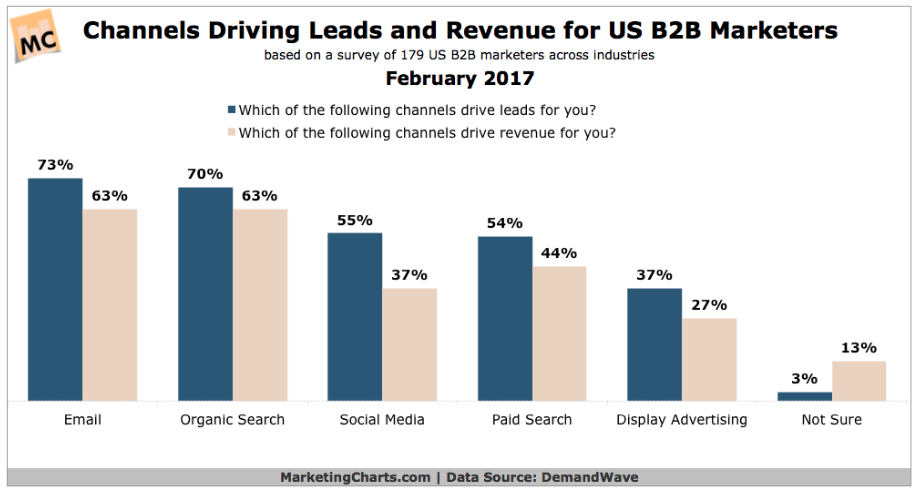
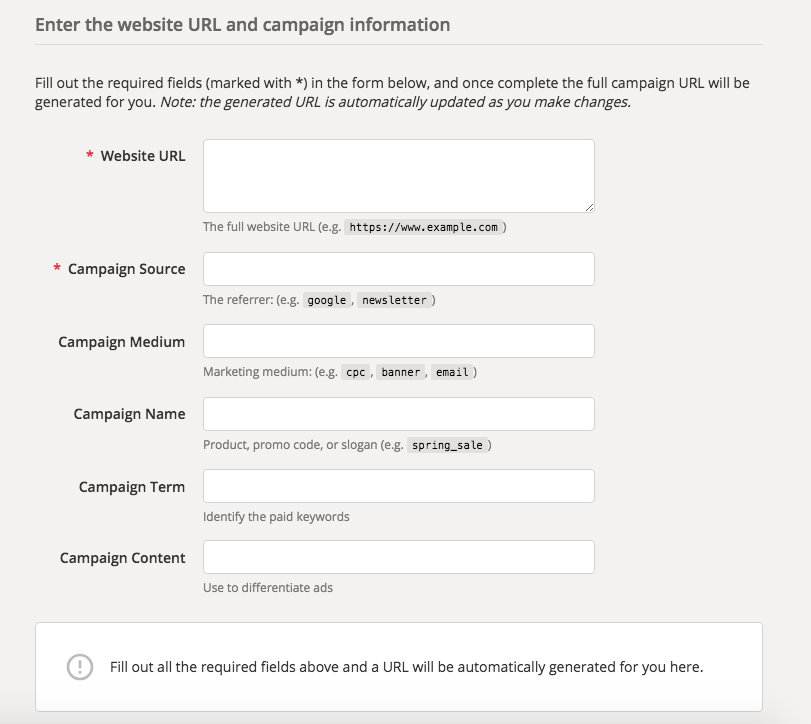


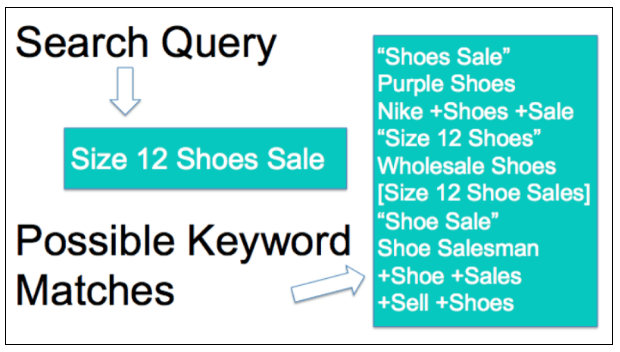

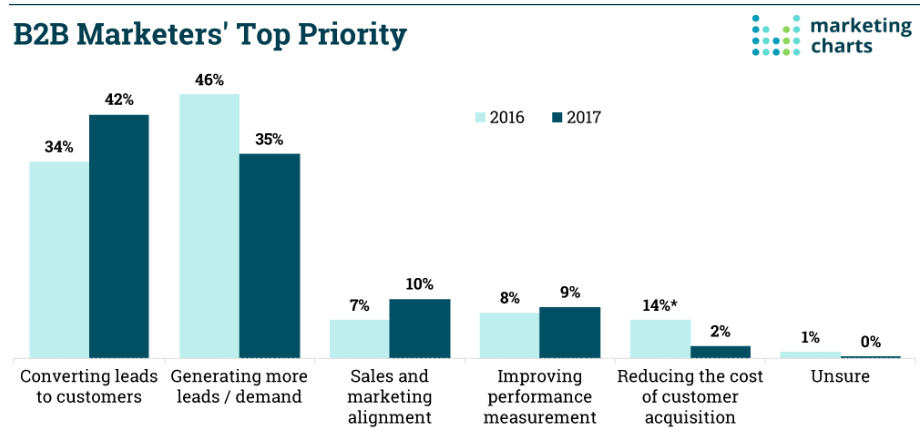

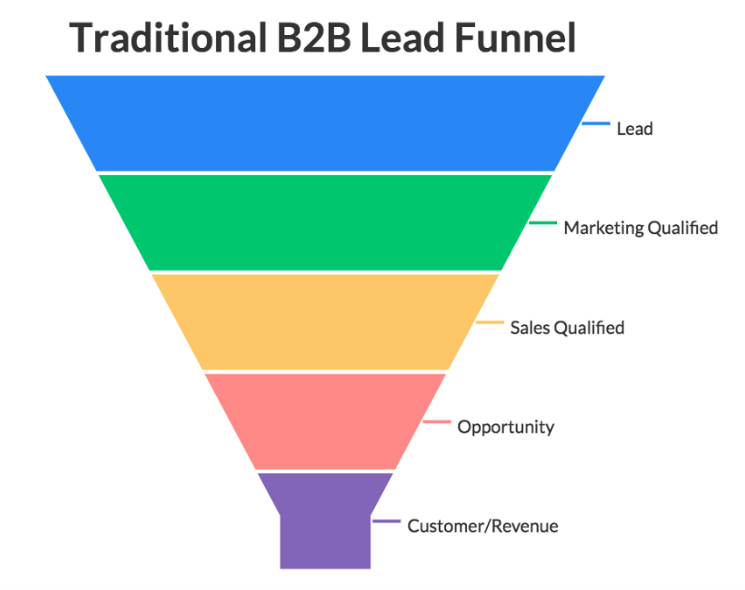
 One pet insurance company that is changing the way owners insure their furry friends is
One pet insurance company that is changing the way owners insure their furry friends is  Like any other type of insurance, it’s important to understand what your
Like any other type of insurance, it’s important to understand what your